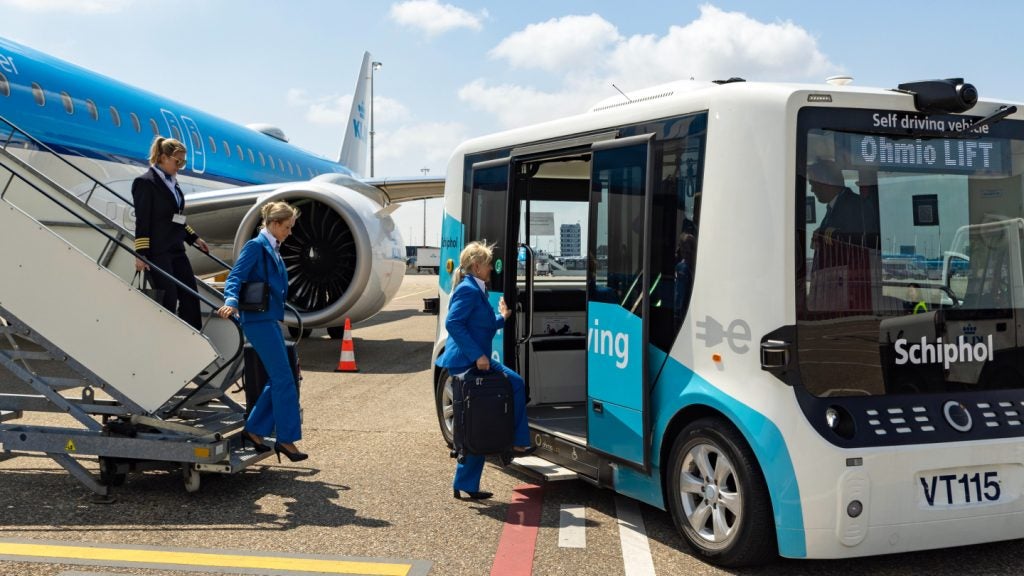However, the upward trend in seasonally-adjusted traffic has slowed down since January 2016.
Passenger capacity, measured in available seat kilometres (ASKs), increased by 5.6%, while the load factor fell by 0.3% points to 80.7%.
IATA director general and CEO Tony Tyler said: “The demand for travel continues to increase, but at a slower pace.
“The fragile and uncertain economic backdrop, political shocks and a wave of terrorist attacks are all contributing to a softer demand environment.”
Compared to June, the international passenger demand rose by 5% during the same month this year.
Regions in Latin America revealed an increase in international passenger demand, while capacity rose by 6.4%, causing load factor to slide 1.1% points to 79.4%.
How well do you really know your competitors?
Access the most comprehensive Company Profiles on the market, powered by GlobalData. Save hours of research. Gain competitive edge.

Thank you!
Your download email will arrive shortly
Not ready to buy yet? Download a free sample
We are confident about the unique quality of our Company Profiles. However, we want you to make the most beneficial decision for your business, so we offer a free sample that you can download by submitting the below form
By GlobalDataThe IATA data demonstrated a growth of 5.7% in the demand for domestic passenger traffic in June 2016 compared to June 2015.
Capacity rose by 4.3%, causing load factor to rise to 83.2%.
With the exception of Brazil, all markets demonstrated an increase in passenger travel demand.
Tyler added: “The latest figures show that aviation and aviation related tourism delivers $2.7 trillion in economic impact and supports some 62.7 million jobs worldwide.”
IATA has also released data for global air freight demand in June 2016, revealing a year-on-year growth of 4.3% in freight tonne kilometres (FTK), which was the fastest pace of growth over the past 14 months.







